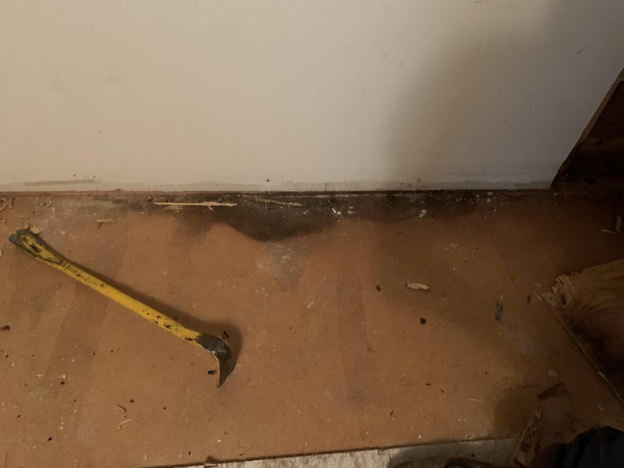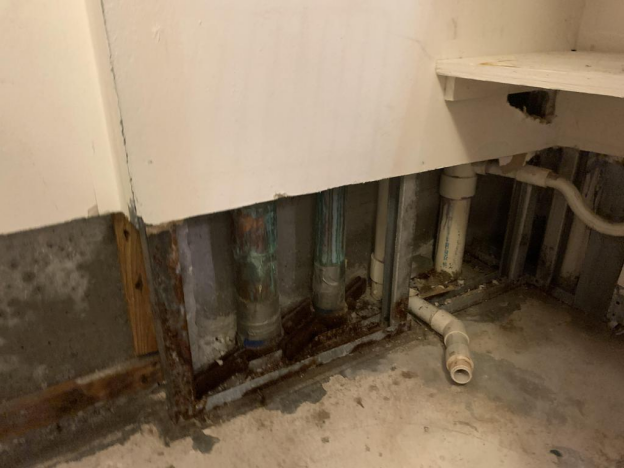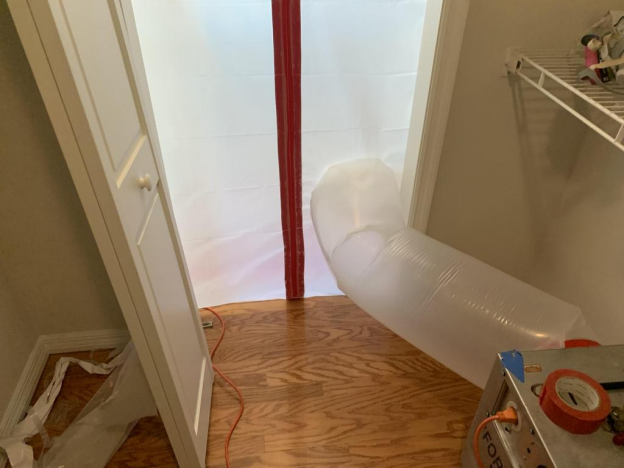
Water damage is a pervasive issue that can strike any property, leading to a cascade of problems that can result in long-term structural damage and potential health risks. In Clearwater, the threat of water damage looms large, intensified by its geographical predisposition to storms, high humidity, and flooding.
Join us as we explore the science behind drying technologies, the meticulous strategies for moisture removal, and the comprehensive approach to restoration work in Clearwater that ensures properties are not only recovered but protected.
Common Causes of Water Damage in Clearwater
Clearwater's unique environmental conditions lead to several common causes of water damage, including:
Storms and Flooding: As a coastal city, Clearwater is susceptible to hurricanes, tropical storms, and storm surges, leading to significant flooding and water intrusion.
Plumbing Failures: Burst pipes, leaky faucets, and broken water heaters are common sources of water damage in homes and commercial buildings.
Roof Leaks: The intense Florida sun and frequent storms can damage roofing materials over time, allowing water to enter the structure.
High Humidity: The area's high humidity levels can exacerbate water damage, promoting mold and mildew growth even from minor leaks.

The Science of Drying: Fundamentals
Evaporation
Evaporation is the process through which water changes from a liquid to a vapor. In the context of water damage restoration, evaporation is crucial for removing moisture from wet surfaces and materials. The rate of evaporation depends on several factors, including air temperature, humidity, air movement, and the saturation level of the material.
Restoration professionals use this understanding to manipulate environmental conditions, accelerating the drying process by using air movers to increase air circulation and dehumidifiers to lower air humidity.
Condensation
Condensation occurs when water vapor in the air cools and changes back into a liquid state. This principle is vital in the drying process because it can counteract evaporation if not properly managed.
Dehumidifiers play a critical role here, removing moisture from the air and preventing it from condensing on cooler surfaces, which could cause secondary water damage. The balance between evaporation and condensation is delicate, requiring precise control over environmental conditions to ensure effective drying.
Adsorption and Absorption
Adsorption and absorption are processes that describe how materials interact with water. Absorption is the uptake of water into the material, like a sponge soaking up liquid, while adsorption refers to the adhesion of water molecules to the surface of materials.
Understanding these properties is crucial in determining the approach to drying different materials. Some materials, like carpets, can be dried in place if the water is extracted efficiently and air movers and dehumidifiers are used effectively. Other materials, like hardwood and plaster, may require more specialized drying techniques and equipment.

Material Behavior and Moisture
Different materials respond to moisture in varied ways. Porous materials like wood, drywall, and insulation can absorb a significant amount of water quickly and may become damaged if not dried promptly.
Non-porous materials like plastics and metals resist water penetration but can still suffer from corrosion or other water-related damage over time. The drying process must account for these differences, using targeted strategies to ensure all materials are adequately dried.
The Process of Professional Water Restoration Works in Clearwater
Initial Assessment and Damage Evaluation
The restoration process begins with a thorough assessment of the property. Restoration professionals use specialized equipment, such as moisture detectors, hygrometers, and thermal imaging cameras, to evaluate the extent of the water damage.
This initial evaluation helps in determining the scope of the impact, including the identification of water type (clean, gray, or black water) and the extent of the area affected. This step is critical for planning the restoration strategy and anticipating challenges that might arise due to the unique climate and environmental conditions in Clearwater.
Water Extraction
Following the assessment, the immediate priority is to remove standing water as quickly as possible. This step is crucial for mitigating further damage and preventing the growth of mold and mildew.
Professionals employ powerful pumps and vacuum units capable of extracting large volumes of water from carpets, flooring, and other affected materials. Speed is of the essence in this phase to reduce the drying time and minimize secondary damage.

Drying and Dehumidification
After water extraction, the focus shifts to drying out the remaining moisture from the property’s structure and contents. This involves the strategic placement of air movers and dehumidifiers to circulate air and remove moisture from the air and materials.
Professionals carefully monitor the environment using humidity and moisture meters, adjusting the setup as necessary to ensure optimal drying conditions. In Clearwater’s humid climate, dehumidification is particularly important to prevent additional moisture from compromising the drying process.
Cleaning and Sanitizing
Once the property is dry, it’s essential to clean and sanitize the affected areas to prevent any health hazards and remove unpleasant odors. This step includes cleaning all restorable items and structures damaged by water.
Professionals use antimicrobial treatments to disinfect and eliminate odors, paying special attention to areas where mold and mildew are likely to grow. Air scrubbers and fogging equipment may also be used to purify the air and ensure a healthy environment post-restoration.
Restoration and Reconstruction
The last phase entails returning the property to its initial state or improving it further. This may include minor fixes like drywall replacement and new carpet installation or significant renovations and reconstructions in cases of extensive damage.
Professional restoration teams in Clearwater work closely with contractors to ensure that all repairs are made according to local building codes and standards, effectively returning the property to a safe, functional, and aesthetically pleasing state.
Facing water damage can be daunting, but you're not alone. At Flood Pros USA, we specialize in professional water damage restoration in Clearwater, offering swift water damage restoration, comprehensive storm damage repair, and effective flood damage repairs. Our team is ready to provide 24/7 flood cleanup assistance, ensuring fast emergency recovery and expert restoration services tailored to your needs.
Don't let water damage disrupt your life. For emergency water damage cleanup, trust the experts at Flood Pros USA.
Subscribe to Flood Pros USA's Blog


Comments